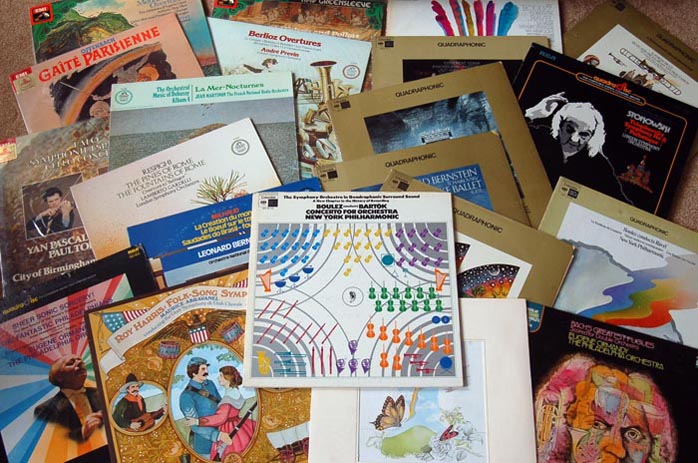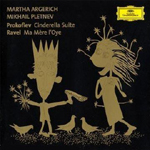This review page is supported in part by the sponsors whose ad banners are displayed below |
 |
When our ears have been spoilt, we’re no longer satisfied with the best. We know there’s always something better than the best, be it by merely 1% or 2%. We focus on the marginal differences in detail that we never noticed before and claim that is the improvement. We’ve come to a point of no return. We lose our objectivity and pliancy that we once treasured so much in our musical appreciation.
|
 |
Challenge yourself next time you attend a classical concert. Instead of getting the best seat in the 10th row of the main floor’s mid section, try one on the edge or in the balcony or even the lodge seating facing the conductor so the entire orchestral layout is reversed. That’s the ultimate test to see whether you can sustain your focus on the music rather than sound. I’ve tried all of those and the last one was sitting a few feet from the brass section of the pit orchestra accompanying the National Ballet’s Romeo & Juliet.
|
|
|
The atmospheric simulation of the concert hall has long been the ultimate goal of audio designers and recording engineers. They identified the shortcoming of stereo playback a long time ago. The Quadraphonic LPs in the 70s were the earliest commercial solution which simply did not meet much audiophile approval. Since those days I’ve collected quite a number of SQ records from Columbia EMI/Angel and Quadradisc by RCA but never had a chance to listen to them the way they were intended - until my recent acquisition of a 1970’s Bang & Olufsen system composed of Beomaster 4000 4-channel receiver and Beogram 6000 turntable with MMC 6000 4-channel cartridge. Listening to the SQ sound coming from four Klipsch Synergy floorstanders, I was truly moved. This 40-year old technology was the most purposeful effort of its time to reconstruct live music in a home environment.
|
 |
The advancement of digital technology broke new ground for multi-channel realization and propelled such applications to maturity through DVD-Audio, SACD and Blu-ray Audio. Yet audiophiles remain unmoved. And such indifference is understandable. Two channels have kept them busy enough sorting out. Who wants to add a few more? One thing they don’t know is how multi-channel is much more forgiving and its setup basically foolproof. Simply place five speakers of similar or same specs anywhere between a typical home theatre and ITU layout, drive them with any reasonable home theatre receiver and get all the sonic attributes you’ve been searching for plus a live ambience.
|
 |
|
|
|
|
 |
When I was still a 2-channel audiophile I was bothered by the phantom center-channel imaging in stereo playback. Instrumental localization could shift slightly at a certain bandwidth so that the cello might get muddled up with the double bass in Rossini’s Sonatas for Strings. The two pianos in Prokofiev’s Cinderella Suite performed by Martha Argerich and Mikhail Pletnev [DGG 474 8682] could overlap. It required my undivided attention to uphold my own sonic illusion to keep them in place and separate. A simple demonstration of how multi-channel trumps stereo is switching between the two layers of the Cinderella Suite CD/SACD. Likewise for the many 3-channel SACDs by Mercury (Living Presence series) and RCA (Living Stereo series). The center of the soundstage is filled with presences and no longer a phantom zone. You want soundstage and imaging? That’s the best I’ve heard. Period |
|
|
 |
Lindberg Lyd AS, more commonly known as 2L, is the brainchild of Morten Lindberg. The young Norwegian label has invested in state-of-the-art technology for multi-channel since 2000. Their 2006 release Immortal Nystedt [2L-29 SACD] was nominated for two Grammy Awards, namely "Best Surround Sound" and "Best Choral Performance". In the years to follow, ten more Grammy nominations were attributed to five more 2L recordings, all of which happen to be surround sound albums. As an advocate of multichannel, Morten makes a very bold but straightforward statement on his website: |
  |
 |